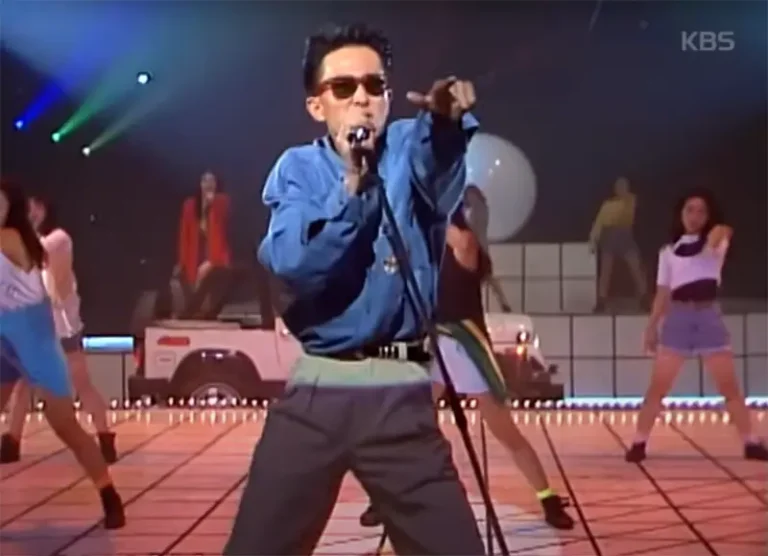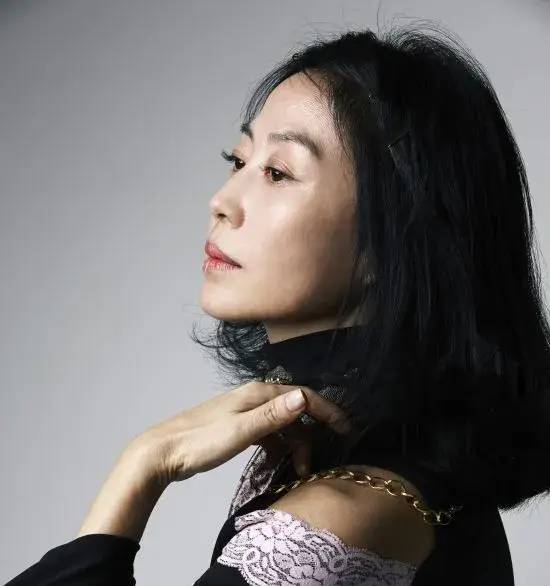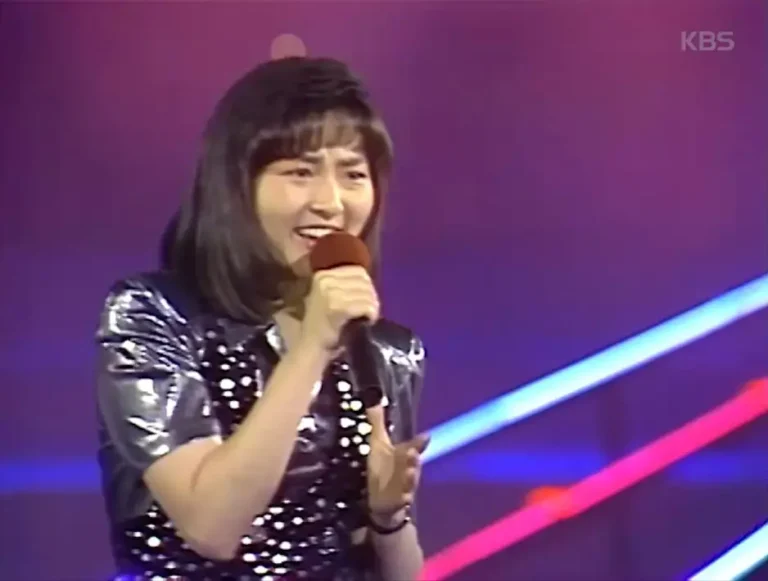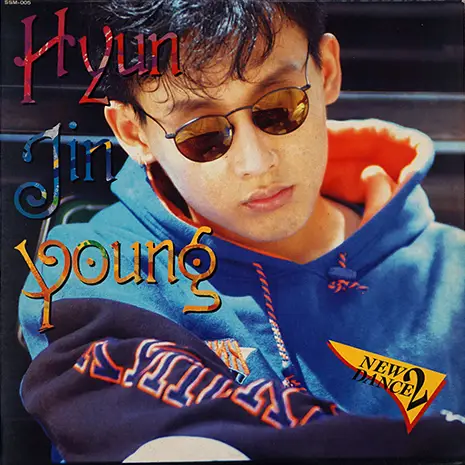
The KBS Gayo Top 10 stands as one of the most influential and pioneering music television programs in Korean broadcasting history, serving as the foundation upon which modern K-pop culture was built. This groundbreaking show, which aired from February 10, 1981, to February 11, 1998, not only established the template for music ranking programs but also played a crucial role in shaping the landscape of Korean popular music that would eventually evolve into the global K-pop phenomenon we know today.
Historical Background and Program Structure
Origins and Development
KBS Gayo Top 10 emerged during a transformative period in Korean media history when the country had only two major broadcasting networks – KBS and MBC. Initially launched on KBS 1TV, the program later moved to KBS 2TV following network reorganization, reflecting its growing importance within the broadcaster’s programming lineup. The show represented Korea’s first systematic attempt to create a comprehensive music ranking system, establishing itself as the nation’s sole music chart program during its early years.
The program’s 17-year run, spanning 852 episodes, coincided with Korea’s rapid economic development and cultural modernization. This timing proved crucial, as Gayo Top 10 became both a witness to and catalyst for the evolution of Korean popular music from traditional trot and ballads to more diverse genres including rock, dance, and early forms of what would later become K-pop.
Innovative Ranking Methodology
What distinguished Gayo Top 10 from other entertainment programs was its sophisticated and transparent ranking system. The methodology involved multiple components designed to ensure fairness and accuracy. The process began with KBS’s management information center extracting 100,000 names from registered lists, from which 2,800 people were selected across different regions and age groups. Additionally, approximately 200 members of specialized voting groups, including taxi drivers, bus drivers, DJs, singing club members, and music journalists, received and returned voting postcards.
The ranking calculation combined results from the general voting panel and recommendations from KBS music producers in an 8:2 ratio. This methodology was later enhanced in the 1990s with the introduction of PC communication systems and telephone ARS voting, allowing real-time audience participation. The entire process was computerized and conducted with meticulous attention to maintaining objectivity, establishing a level of credibility that made Gayo Top 10’s rankings the definitive measure of Korean music popularity.
The Golden Cup System and Cultural Impact
Revolutionary Recognition System
One of Gayo Top 10’s most significant innovations was the Golden Cup system, introduced following Cho Yong-pil’s remarkable achievement with “I Can’t Find the Oriole,” which maintained the number one position for ten consecutive weeks from August 18 to November 3, 1982. This system awarded artists who achieved five consecutive weeks at number one with a special Golden Cup trophy, after which their song would be retired from further ranking consideration. This mechanism prevented any single song from dominating the charts indefinitely while creating prestigious recognition that artists across generations aspired to achieve.
The Golden Cup system became a cultural phenomenon in its own right, with achievements becoming markers of artistic success and cultural impact. Notable recipients included Cho Yong-pil, who earned multiple Golden Cups throughout the 1980s, and Park Nam-jung, demonstrating the system’s ability to recognize sustained popularity across different musical styles. This recognition system influenced how the Korean music industry approached promotion and marketing, encouraging the creation of songs with lasting appeal rather than fleeting popularity.
Cross-Generational Appeal and Social Function
Unlike contemporary music programs that primarily target specific demographic segments, Gayo Top 10 served as a unifying cultural experience that brought together multiple generations. The program’s diverse musical content, ranging from trot and ballads to early rock and dance music, created a shared viewing experience where families could watch together and discover new music across generational boundaries. This inclusive approach helped establish music television as a significant cultural institution in Korean society.
The show’s influence extended beyond mere entertainment, serving as a cultural barometer that reflected broader social changes in Korean society. The evolution from solo artists dominating the early 1980s to the emergence of group acts like Sobangcha and later idol groups demonstrated changing youth culture and musical preferences. This transition would prove prescient, as group-based acts would eventually become the dominant format in K-pop’s global expansion.
Technological Innovation and Media Evolution
Pioneering Broadcast Technology
Gayo Top 10 was notable for its early adoption of various broadcasting technologies that enhanced viewer engagement and program authenticity. The show implemented visual indicators for lip-sync performances, displaying a tape icon in the upper right corner of the screen when artists were not performing live vocals. This transparency regarding performance authenticity established trust with audiences and set standards for honesty in music broadcasting that influenced subsequent programs.
The program also pioneered the integration of computer technology in vote counting and ranking calculation, moving beyond simple manual tabulation to sophisticated data processing systems. This technological approach not only improved accuracy but also enhanced the program’s credibility as a legitimate music chart system, contributing to its authority in determining musical success.
Visual and Performance Standards
As a television program, Gayo Top 10 played a crucial role in transforming Korean popular music from primarily auditory entertainment to audiovisual performance art. The show established performance standards and visual presentation norms that would later influence K-pop’s emphasis on elaborate choreography, coordinated styling, and sophisticated stage production. Artists appearing on the program developed increasingly sophisticated performance concepts, contributing to the evolution of Korean music from simple song presentation to comprehensive entertainment experiences.
Termination and Legacy Transition
The IMF Crisis and Program Cancellation
The abrupt termination of Gayo Top 10 in February 1998 resulted from the devastating Asian Financial Crisis (IMF Crisis) that struck Korea in late 1997. KBS, as a public broadcaster, made the controversial decision to cancel various entertainment programs, arguing that lighthearted content was inappropriate given the severe economic crisis and national mood. This reasoning proved highly controversial, as the program remained popular and had maintained its cultural significance throughout its run.
The sudden cancellation without viewer consultation generated significant public criticism and highlighted the disconnect between broadcasting policy and audience preferences. The replacement program, “Bravo New Generation,” failed to capture audience interest and was cancelled after only four months, demonstrating the irreplaceable nature of Gayo Top 10’s format and cultural position.
Evolution to Music Bank
Responding to persistent public criticism and recognition of the void left by Gayo Top 10’s cancellation, KBS eventually launched Music Bank in 1998 as a spiritual successor to the original program. While Music Bank adopted modern production techniques and adapted to changing musical trends, it maintained core elements of the ranking system and weekly chart format established by its predecessor. This continuity demonstrates Gayo Top 10’s foundational influence on Korean music television programming.
Music Bank has continued to serve as a primary platform for K-pop artists, providing crucial exposure for both established acts and emerging talent. The program’s role in K-pop’s global expansion cannot be understated, as international fans regularly follow its rankings and performances through digital platforms and social media.
Influence on Contemporary K-pop Culture
Foundation for Global Music Industry
The systematic approach to music ranking and artist promotion established by Gayo Top 10 created the infrastructure that would later support K-pop’s international expansion. The program’s emphasis on comprehensive entertainment value – combining vocal performance, choreography, visual presentation, and audience engagement – established the multi-faceted approach that characterizes contemporary K-pop.
The show’s influence on artist development patterns is particularly significant. The progression from solo artists to group acts, the importance of sustained chart performance over brief viral success, and the integration of various musical styles all originated during Gayo Top 10’s era and continue to influence K-pop production and promotion strategies. The Golden Cup system’s emphasis on longevity over immediate impact shaped industry approaches to song crafting and promotional cycles that persist in contemporary K-pop marketing.
Digital Age Adaptation and Global Reach
The principles established by Gayo Top 10 have been successfully adapted to digital platforms and global markets. The “Again Gayo Top 10” YouTube channel, launched in 2018, demonstrates the enduring appeal of the original format while adapting to contemporary viewing habits. This digital revival allows new generations to experience classic Korean music content while providing nostalgic content for original viewers.
Contemporary music programs across multiple channels maintain the competitive ranking format pioneered by Gayo Top 10, though they face challenges including declining viewership and questions about relevance in the streaming age. However, the fundamental structure of weekly rankings, trophy presentations, and artist performances remains consistent with the original template, demonstrating the lasting influence of the foundational program.
Cultural Diplomacy and Soft Power
The cultural export success of K-pop can be traced to foundations laid during the Gayo Top 10 era, when Korean popular music developed its distinctive characteristics and professional standards. The program’s role in establishing Korea’s music industry infrastructure, artist training systems, and performance standards created the foundation for the systematic approach to cultural production that now characterizes K-pop’s global success.
The transition from a domestic-focused music industry to one capable of global expansion required the professional standards, artistic diversity, and systematic approach to music promotion that Gayo Top 10 helped establish. Contemporary K-pop’s success in international markets builds upon the credibility and artistic legitimacy that programs like Gayo Top 10 established for Korean popular music.
Conclusion
KBS Gayo Top 10’s seventeen-year run established foundational elements that continue to influence Korean music culture and the global K-pop industry. The program’s innovations in ranking methodology, performance presentation, and audience engagement created templates that persist in contemporary music broadcasting. Its role in transitioning Korean popular music from a domestic cultural product to the foundation of a globally competitive industry cannot be overstated.
The program’s legacy extends beyond entertainment to encompass cultural policy, technological innovation, and international cultural exchange. While the media landscape has transformed dramatically since 1998, the core principles of systematic music promotion, comprehensive artist presentation, and audience-centered programming established by Gayo Top 10 remain relevant to understanding both Korean music culture and the global success of K-pop. The program’s influence demonstrates how domestic media institutions can create lasting cultural impact that extends far beyond their original scope and timeframe.



